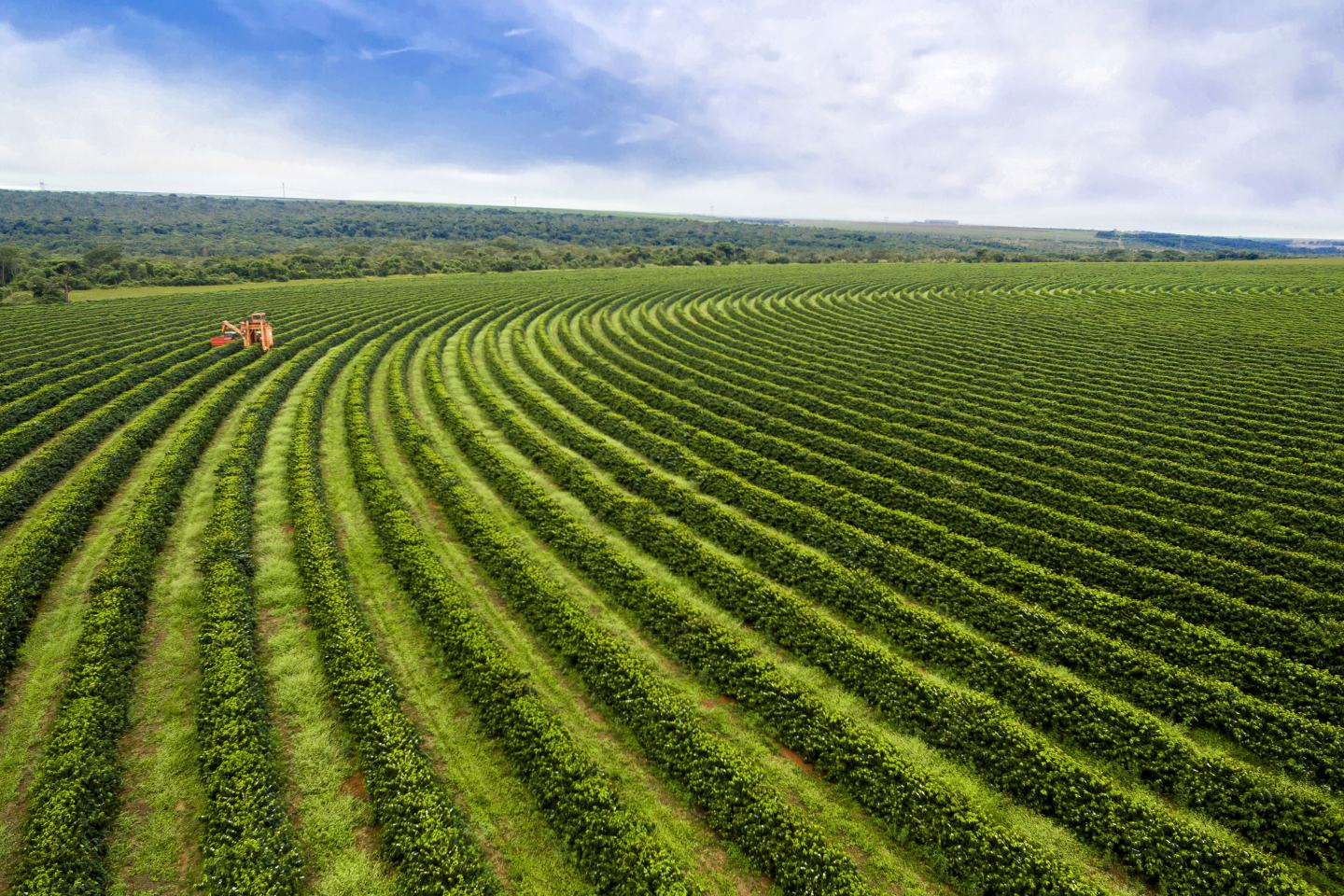Currently, there is no universally accepted definition of what constitutes an illegal pesticide. However, the Organization for Economic Co-operation and Development (OECD) Best Practice Guidance (BPG) to Identify Illegal Trade of Pesticides has attempted to define an illegal pesticide as "any pesticide product that is not legal in the country where it is placed on the market.”
Such a broad definition would generally include:
- Counterfeit and fake pesticides: In one of my previous articles, “Why What You See Isn't Always What You Get,” I touched on the differences between counterfeit and fake pesticides. Counterfeit pesticides, characterized by their high-quality branding and packaging, are very difficult to distinguish from the real product. Counterfeit products intend to deceive individuals into believing that the product is the real thing. In contrast, a fake, or knock-off, pesticide product can be identified more easily from the poor-quality branding and packaging.
- Unauthorized pesticides: As this term implies, these are pesticide products that have not obtained the requisite approval from the relevant regulatory authorities. In most countries, a pesticide product must be approved and registered by a national government agency, which ensures they meet certain safety, quality and performance standards.
- Obsolete pesticides: These include pesticide products that are no longer authorized, approved or fit for purpose.
As the trade in illegal pesticides continues to grow, the environmental and socioeconomic impact of illegal pesticides is becoming more of a concern.
Illegal pesticides are manufactured in an unregulated manner, often without risk assessments or any regard for environmental laws, regulations and health and safety protocols. In addition, illegal pesticides may not be as efficient in protecting crops from pests, resulting in higher application rates and dosing. As a result, these products present a much higher risk to the environment than legitimate, approved and regulated pesticides, including:
- Risks to health and safety of growers and consumers
- Risks to water, soil and air quality caused by leaching, runoff or spray drift
- Risks to biodiversity, where unregulated use of illegal pesticides could cause damage to non-targeted flora and fauna
The overuse of illegal pesticides also contributes to greater pest resistance and can result in the spread of disease, pests and noxious weeds throughout cultivated areas of land.
As with all chemical agents, both legal and illegal pesticides can pose risks to human health in a variety of ways. However, for authorized pesticides, these risks are reduced by following instructions on the approved label. These instructions, specific to each pesticide, allow a product to be used in such a manner that protects worker safety and importantly, to ensure that pesticide residues in food destined for human consumption are below the limits set by regulators. In the case of illegal pesticides, the label instructions, if they exist at all, may not accurately represent what substances are actually in the container.
Further, approved labels typically contain first-aid instructions in case of pesticide exposure. If illegal pesticides include highly toxic substances, then inaccurate or incomplete labels can cause further complications in treating a patient with pesticide exposure where the appropriate treatment may not be deployed in time to prevent illness.
In summary, the use of illegal pesticides poses additional threats to the safety of growers, consumers and the environment precisely because these products have not been approved by a government agency or assessed for their impact on human health and the environment, and, as they have no, or inaccurate, label information, they may not be able to be used in a safe or effective manner. Learn more about why you should only buy authentic pesticides.



